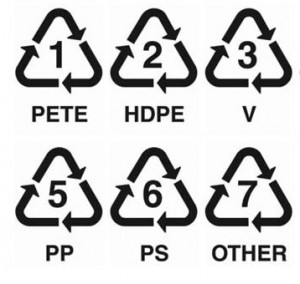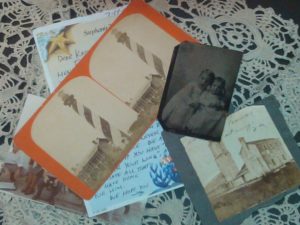Now is a great time to look back on 2014 by organizing photos and mementos. Family get-togethers are the perfect chance to relive the year with loved ones.
Choose the right materials and methods to scrapbook your memories. All photos and 2D material, such as letters and greeting cards, should be scanned and the digital file must kept safe, one file with the originals and another in a different place as a backup in case of disaster. Keeping one file with relatives or friends in a different geographic area is great insurance.
Whatever storage medium you use, upgrade at least every two years. Digital storage materials (DVD, CD, etc.) degrade and can become unreadable. Make sure the back of each original piece or printed copy is labeled in pencil and cataloged clearly.
To keep originals in a scrapbook for easy viewing, use only archival materials. Choose these over products labeled “acid free” whenever possible. Acid free materials are treated with a buffer that can degrade over time. Better to use paper that is inherently non-acid. Cotton, cotton rag and linen paper are acid free and pH neutral without special additives that can be depleted.
 Any glue can crack and discolor over time and the acids that cause this can transfer to your photograph. Use acid-free or lignin-free photo corners for mounting. Clear page covers should be polypropylene or polyester. Look for a triangular recycling symbol with a number 1, 2, 4 or 5 or PET, PETE, HDPE but never PVC. Subtitles or notes can be written in with No. 2 pencil or acid-free ink. Avoid having pieces touch each other. Acid from one article can migrate to others. A piece of clear polyester or mylar between the two can prevent staining.
Any glue can crack and discolor over time and the acids that cause this can transfer to your photograph. Use acid-free or lignin-free photo corners for mounting. Clear page covers should be polypropylene or polyester. Look for a triangular recycling symbol with a number 1, 2, 4 or 5 or PET, PETE, HDPE but never PVC. Subtitles or notes can be written in with No. 2 pencil or acid-free ink. Avoid having pieces touch each other. Acid from one article can migrate to others. A piece of clear polyester or mylar between the two can prevent staining.
Proper handling and storage can also extend the life of your photos and printed artifacts. Don’t overload your scrapbook. Keep it a reasonable size and weight for safer handling and handle only with clean hands in an area away from food and drink. Turn pages by lifting the entire page to avoid tearing.
Store in a slipcase or well-fitting acid-free box, either flat or upright on end, never slanted with all the weight to one cover. Acid-free boxes are ideal for long-term storage, away from light and in a dry, cool place. When using clear plastic storage boxes, first wrap the book in acid-free paper to keep light out. Remember to use plastic boxes that have recycling symbols (arrows forming a triangle) with number 1, 2, 4 or 5 in the center.
As extra protection from dust and pests, be sure the box lid is tight-fitting or enclose the box in a large polyester or polypropylene storage bag. A sealed clothing storage bag with the air removed is ideal.
These rules seem complicated but they can help preserve your treasured mementos for generations. Most of all, don’t forget the reason you’re preserving them. Share these memories with family and friends and enjoy!
Kathleen McCormick has almost two decades of experience in museum conservation. She is currently the Director of Museum Conservation at the St. Augustine Lighthouse & Museum.


